On the Feb 2 2021, the World Wetlands Day, the Ramsar Convention on Wetlands would also complete its 50 years. The global treaty popularly known as Ramsar Convention was adopted in 1971 and came into force in 1975 following decades of negotiations.
The main objective of the treaty is to promote conservation and wise use of all wetlands through regional actions and international cooperation. Currently, the treaty has been accepted by 171 nations including India. There are 2414 Wetlands of International Importance under Ramsar treaty spreading over 254,540,512 ha of lands across the globe.
New Ramsar Sites in India
The treaty came into force on February 01, 1982 in India. By 2019, India had 37 Ramsar sites covering about 10,679.39 sq km land. The detailed overviews by SANDRP of previous Ramsar sites can be seen here for North[i], North East[ii], East[iii], West[iv] and South[v] regions apart from a national overview[vi] highlighting key issues.
As part of our annual efforts to highlight the state of India’s wetlands, SANDRP has recently published detailed overviews 2020 on positive wetlands developments[vii], status of wetlands & mangroves in Maharashtra[viii] and the overall progress on wetlands[ix] in past one year.
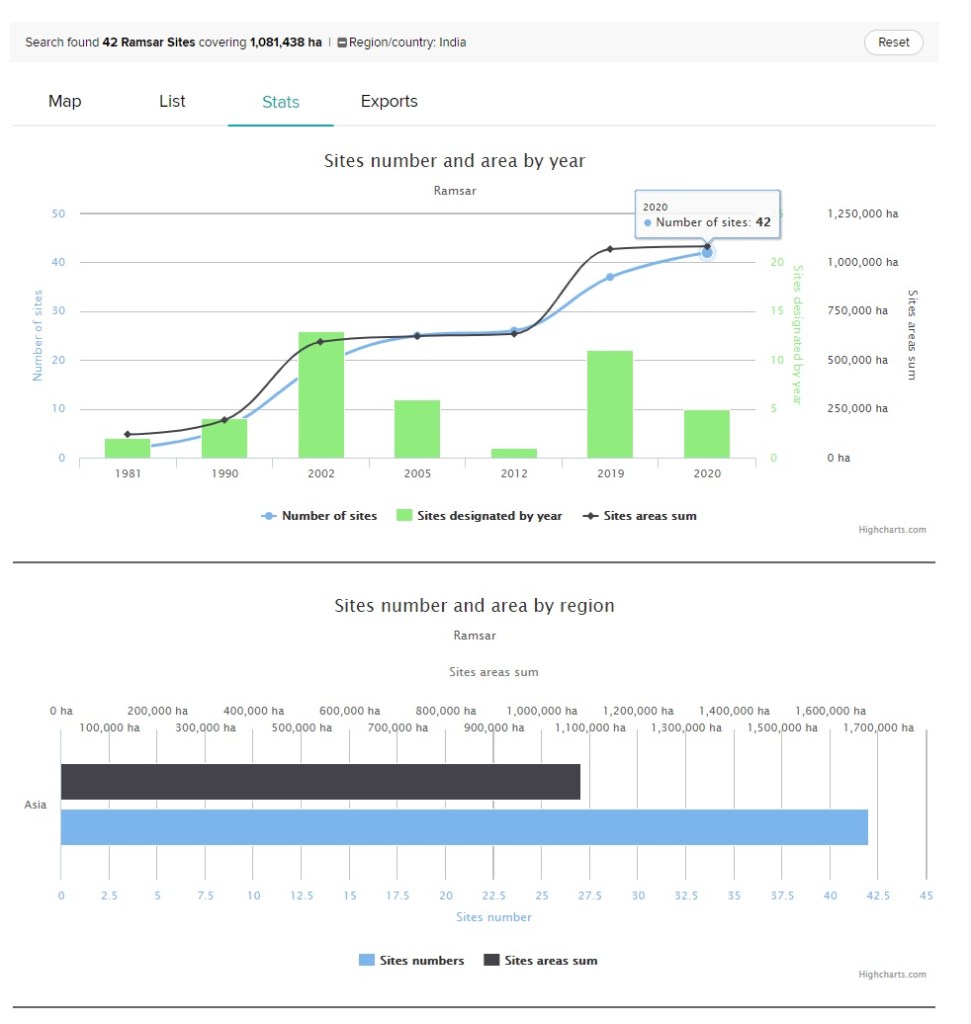
In 2020, five new sites has been added into the list taking the total Ramsar sites numbers to 42 spreading over 10814.38 sq km area. This account attempts to provide the basic information and issues with the new Ramsar sites as mentioned on Ramsar websites and in other sources. The website of Ramsar[x] is rich in data, documentation and maps. The list of all Ramsar sites in India can be seen here[xi].
List of new Ramsar sites added in 2020
| SN | Name | Site no. | District-State | Area in hectares | GPS Coordinates | Date of designation |
| 1 | Asan Conservation Reserve | 2437 | Dehradun-Uttarakhand | 444.4 ha | 30°26’01” N 77°40’58” E | 21 July 2020 |
| 2 | Kabartal Wetland | 2436 | Begusarai-Bihar | 2620 ha | 25°37’05″N 86°08’22″E | 21 July 2020 |
| 3 | Lonar Lake | 2441 | Buldhana-Maharashtra | 427 ha | 19°58’33″N 76°30’30″E | 22 July 2020 |
| 4 | Tso Kar Wetland | 2443 | Leh-Ladakh (UT) | 9577 ha | 33°17’53″N 78°00’42″E | 17 Nov 2020 |
| 5 | Sur Sarovar | 2440 | Mathura-Uttar Pradesh | 431 ha | 27°15’06″N 77°50’24″E | 21 Aug 2020 |
| 13499.4 ha |
Asan Conservation Reserve
The Asan Conservation Reserve is manmade wetland situated near Harbatpur a small town at Uttarakhand-Himachal border in Dehradun. Damming of Asan river near confluence with Yamuna river in 1967 has resulted in water stagnation and siltation upstream thus creating habitat for aquatic birds and other biodiversity. The reservoir also taps Shakti canal emerging from Dakpathar barrage located some 10 km upstream on Yamuna river. The artificial wetlands support 330 species of birds and 49 fish species.
Siltation[xii] of the wetlands is a major unaddressed issue. With increase in mining & road projects in the catchment the siltation problem has only gone up. In addition to this, heavy vehicular movements through barrage cum bridge and nearby road and mechanized riverbed mining in Yamuna river flowing next to the barrage is proving big disturbance for the avian visitors. Further, the invasive plants growth around the reserve is an emerging threat.
Though the barrage has become the first Ramsar site for the Uttarakhand state, the govt and concerned authorities still have not come up with will or plan to address these issues. Moreover, the State Wetlands Authority (SWA) is missing in action.
Kabartal Wetland
Like Uttarakhand, Bihar has also got Kabartal as its first Ramsar site in 2020. Also known as Kanwar Jheel, it is the largest ox bow lake comprising the floodplain of Burhi Gandak river. The wetlands plays crucial role in flood management and also hosts migratory birds flying through Central Asian Flyway (CAF).
The encroachments, siltation, eutrophication and poaching of migratory birds are the key issues the lake is facing. As per a recent report[xiii] between 1984 and 2012 the lake area has shrunk from about 6,786 ha to 2,032 ha due to manmade reasons particularly conversion of wetlands area for agriculture purposes. The rise in siltation is reducing the water levels and rendering more wetlands area go dry thus prone to reclamation.
There is a conflict going on between the govt depts and landowners, fishing community. The land owners allege that they were kept in dark when the large area of the lake was notified under Wildlife (Protection) Act 1972 hence they continue to claim and practice farming on wetlands area. Similarly, fishing community has not been made aware of the fact that the lake has been listed as Ramsar site and they are clueless how it will affect them. The report indicates that exclusion of these key stakeholders in management is leading to poaching of migratory birds.
Lonar Lake
Lonar Lake has become second Ramsar site in Maharashtra after declaration of Nandur Madhameshwar in June 2019. The circular shaped lake has been formed by a meteorite impact on the basalt bedrock in Deccan Plateau. The lake lacks out flow of water and as result deposition of minerals have been turning it high in salinity and alkalinity. The lake is also declared a geo heritage site by the Geological Survey of India[xiv].
The lake is facing problems from sewage and waste water pollution apart from the increase in tourist footfall. The lake had turned pink[xv] in June 2020 causing widespread concerns[xvi]. Following this, the Bombay HC appointed[xvii] a committee and sought a report from NEERI and Agarkar Research Institute. The court also prohibited construction of Lonar-Kinhi road in Lonar eco-sensitive zone which was found to be problem by the forest department.
Later the report by Agharkar Research Institute found that the color change was caused by salt-loving Haloarchaea microbes. As per renowned ecologist Madhav Gadgil, unless[xviii] the govt takes protective measures at local level, the inclusion under the Ramsar convention would not help much.
Tso Kar Wetland
Tsa Kar is high altitude wetland located 4,500 metres above sea level in the Changthang region of Ladakh. It’s a unique site where two lakes with contrasting chemical composition freshwater Startsapuk Tso and the larger hyper saline Tso Kar exist closely. The Tso Kar Basin is a high-altitude wetland complex[xix], consisting of two principal waterbodies, Startsapuk Tso, a freshwater lake of about 438 hectares to the south, and Tso Kar itself, a hypersaline lake of 1800 hectares to the north. It is called Tso Kar, meaning white lake, because of the white salt efflorescence found on the margins due to the evaporation of highly saline water.
Several threatened species including the endangered saker falcon, Asiatic wild dog and the vulnerable snow leopard habitats the area. The Tso Kar basin is categorised as A1 Category Important Bird Area (IBA) as per the Bird Life International and is also a key stopover site in the CAF route. Moreover, the basin is one of the most important breeding areas of the Black-necked Crane in India. There is not much information available on problems and threats the wetland area is subjected to.
Sur Sarovar
Sur Sarovar Bird Sanctuary is a man-made reservoir situated at the Mathura-Agra border. It is also known as Keetham Jheel and was built to supply potable water to Agra city. The lake is important site for migratory birds and is part of CAF route. It also provides habitat to over 60 fish species.
The lake is under threat from growing tourism, invasive species. However the severe pollution in the river and in the Agra canal which feeds the wetland is a serious threat on the eco-system. Due to pollution, there have been many episode of mass fish death in the lake. Last in June 2019, about 100 fish were found dead[xx] in lake.
Before this, about 42 turtles had died[xxi] in the lake in March 2016 after being entangled into a fishing net. In May 2016, the bird sanctuary suffered 3 fire incidents[xxii] damaging the natural vegetation. In January 2018, the Northern Bypass road project to link Delhi-Agra NH to Yamuna Expressway cutting through the Keetham forest was dropped[xxiii] after serious objections raised by the experts. Similarly, government had announced a leather park inside the Keetham forest which was stayed following legal intervention by activists.
Summing Up In the past two years, India has added 15 wetlands as Ramsar sites and there are about five proposals in the pipeline. However the driving force behind the exercise by the authorities seem promotion of tourism for revenue generation. All the Ramsar sites added in 2020 like previous are facing threats of pollution, encroachments, and siltation requiring urgent attention and holistic management with active participation of local communities. Yet, there seems clear lack of action on part of concerned state or central governments to address these threats which is the minimum expectation when a wetland is declared as important site under the Ramsar convention.

Even the information available on Ramsar site mentions that most all the wetlands have been facing threats ranging from human settlements to geological events. It says that human settlements (non-agricultural) have been affecting 33 Ramsar wetlands in the country while agriculture & aquaculture has become a threat to 31 such wetlands. While 30 sites are facing pollution issues 29 are undergoing natural system modifications. Similarly invasive and other problematic species and genes is a problem for 23 wetlands whereas 20 are under biological resource use. Likewise 20 sites are facing issues of water regulation, 16 human intrusions & disturbance, 14 transportation and service corridors, 10 climate change & severe weather, 4 energy production and mining and 3 geological events.
It further reveals that management plans are available only for 21 Ramsar sites and under preparation for 9 sites. Strangely out of 42 sites the Montreux records are available for only 2 sites. The Montreux record is the principle tool[xxiv] under the Ramsar convention for highlighting wetlands sites in need of priority conservation status. It is maintained as part of the Ramsar Database and is subject to continuous review. As per the websites even the pictures for 26 Indian Ramsar sites are not available.
Nonetheless, Wetlands and Water, the theme selected for this year rightly underlines the significance of wetlands as valuable water resource in terms of flood management, groundwater recharge and freshwater filtration.
The diverse and productive eco-system are essential for wide range of biota and livelihoods of local communities. Protection of wetlands is also crucial to combat the rising climate change threats. Hope, the common people, civil societies and state agencies would come together for protections of wetlands in the country and wetlands conservation would not be limited to just getting them a Ramsar tag.
Bhim Singh Rawat (bhim.sandrp@gmail.com)
End Notes:
[i] https://sandrp.in/2020/02/29/ramsar-wetlands-in-crisis-north-india/
[ii] https://sandrp.in/2020/03/01/ramsar-wetlands-crisis-north-east-india/
[iii] https://sandrp.in/2020/03/02/ramsar-wetlands-in-crisis-east-india/
[iv] https://sandrp.in/2020/03/01/ramsar-wetlands-in-crisis-west-india/
[v] https://sandrp.in/2020/03/03/ramsar-wetlands-in-crisis-south-india/
[vi] https://sandrp.in/2020/03/07/india-ramsar-wetlands-in-crisis-in-2020/
[vii] https://sandrp.in/2021/01/06/wetlands-2020-positive-developments/
[viii] https://sandrp.in/2021/01/05/maharashtra-wetlands-overview-2020/
[ix] https://sandrp.in/2021/01/19/wetlands-overview-2020-judiciary-is-active-but-remains-ineffective/
[xi] https://rsis.ramsar.org/sites/default/files/rsiswp_search/exports/Ramsar-Sites-annotated-summary-India.pdf
[xii] https://timesofindia.indiatimes.com/blogs/voices/need-to-safeguard-asan-uttarakhands-premier-conservation-reserve/
[xiii] https://india.mongabay.com/2020/12/new-ramsar-site-designated-in-bihar-could-benefit-local-fishing-community/
[xiv] https://pib.gov.in/newsite/PrintRelease.aspx?relid=137573, March 9, 2016
[xv] https://earthobservatory.nasa.gov/images/146859/lonar-lake-tries-on-a-rosy-color
[xvi] https://timesofindia.indiatimes.com/india/why-a-56000-year-old-lake-has-turned-pink/articleshow/76317876.cms
[xvii] https://www.thehindu.com/news/national/lonar-lake-hc-seeks-report-on-colour-change/article31846881.ece
[xviii] https://www.hindustantimes.com/pune-news/buldhana-s-lonar-lake-declared-ramsar-site-second-for-maharashtra-within-a-year/story-vhomyKcTPrNmbaRL5WgIPN.html
[xix] https://pib.gov.in/PressReleasePage.aspx?PRID=1683303, Dec 24, 2020
[xx] https://timesofindia.indiatimes.com/city/agra/over-100-fish-found-dead-due-to-polluted-water-in-keetham-lake/articleshow/69918211.cms
[xxi] https://timesofindia.indiatimes.com/city/agra/42-tortoises-found-dead-in-Keetham-lake/articleshow/51373920.cms
[xxii] https://indianexpress.com/article/india/india-news-india/third-fire-in-30-days-at-agras-soor-sarovar-bird-sanctuary-2779804/
[xxiii] https://www.newsclick.in/construction-northern-bypass-road-agra-stayed-after-environmentalists-protest
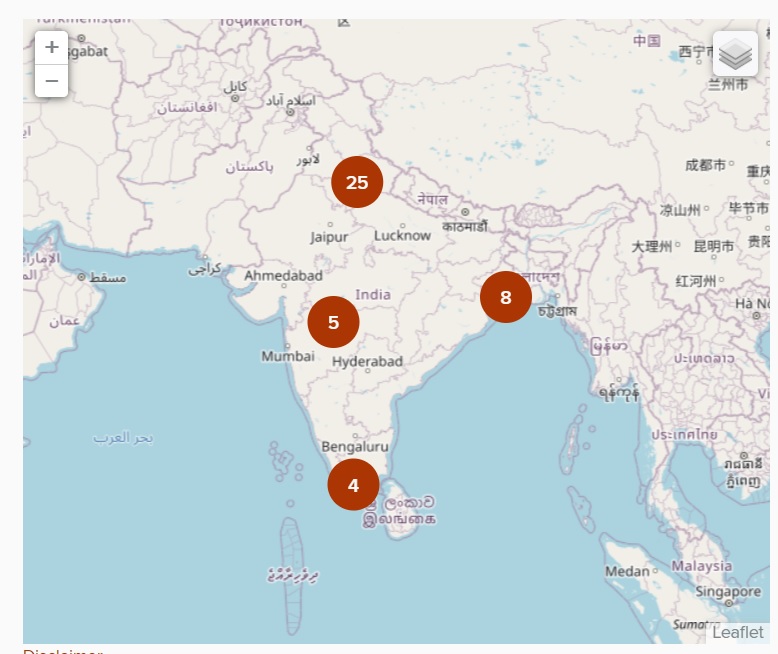

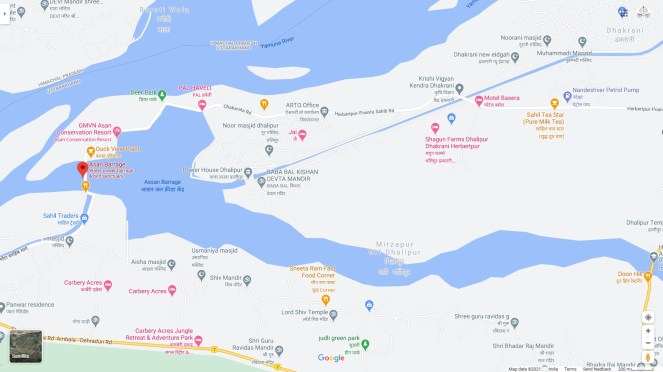
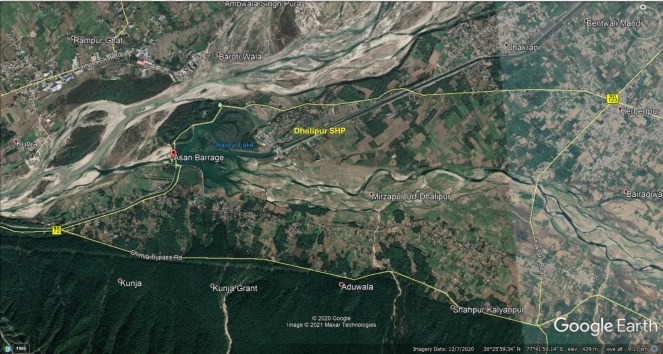
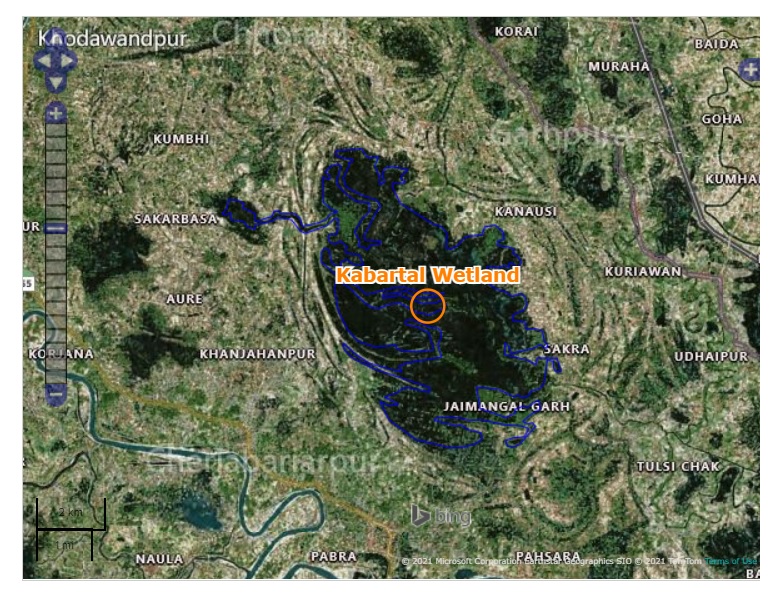
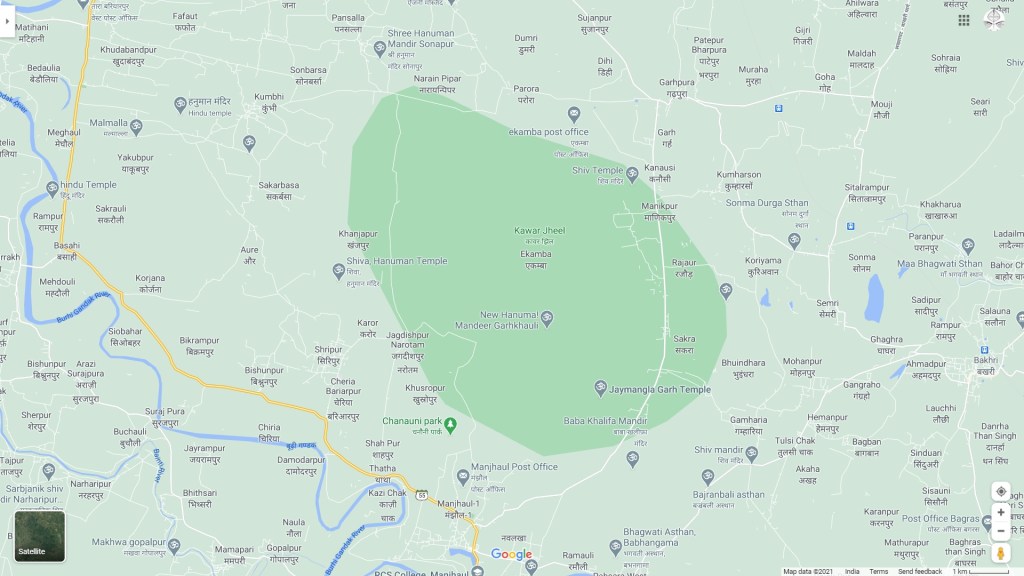
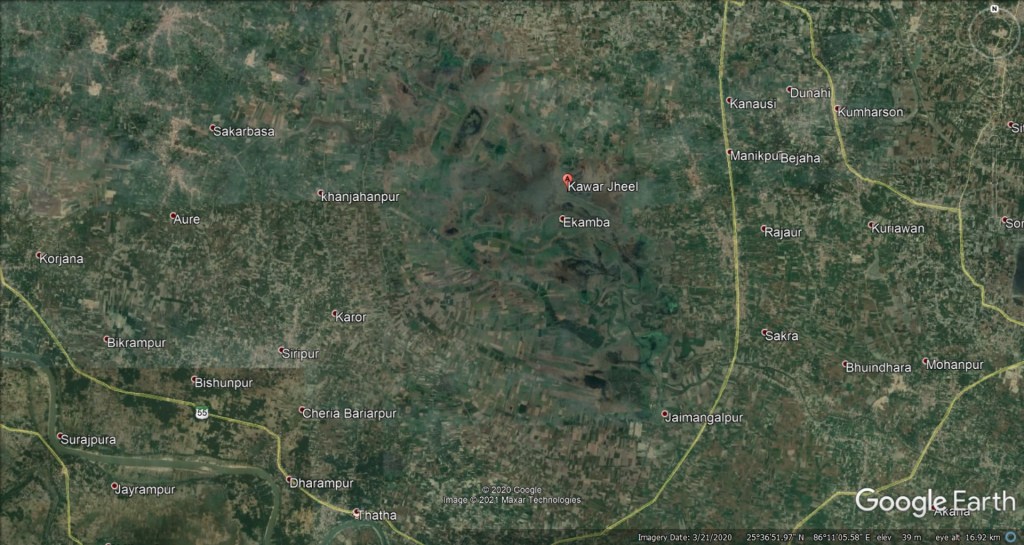






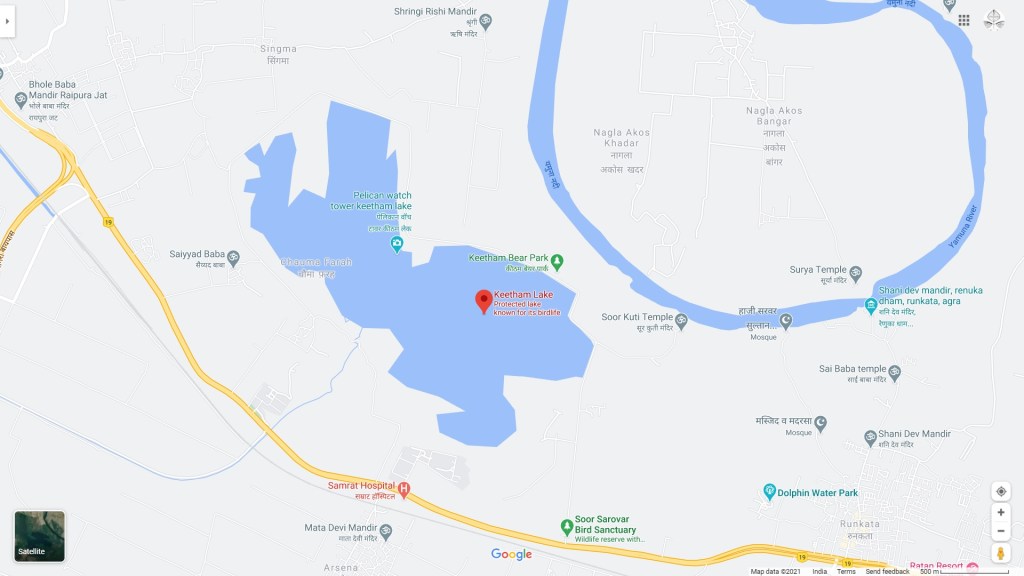
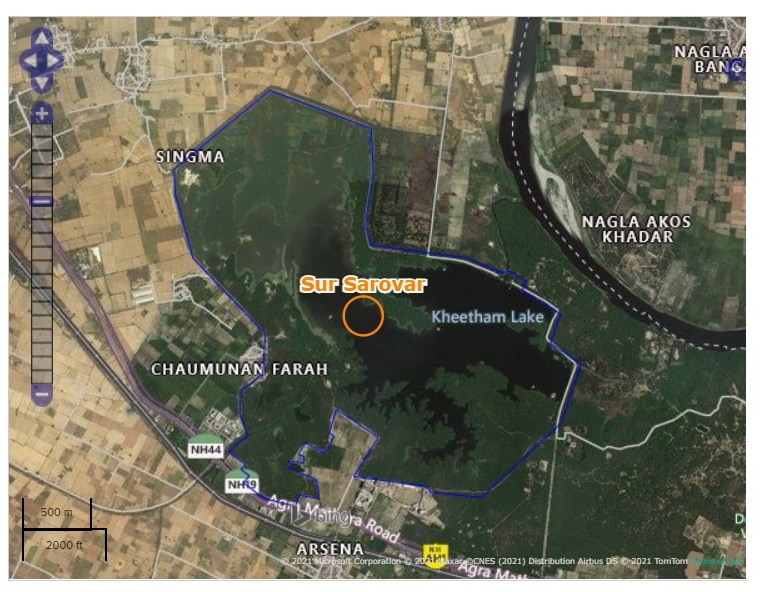

Wetlands should be a part of our discussion more often
LikeLike